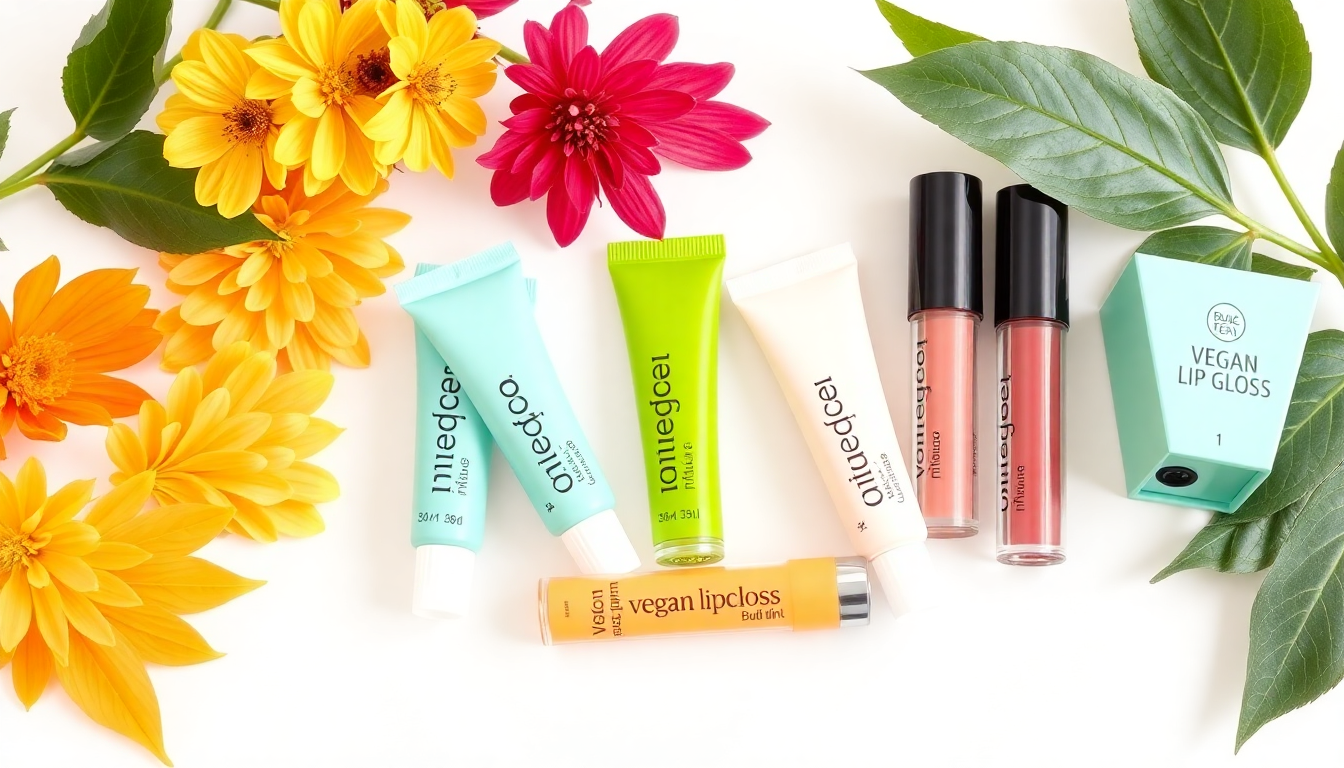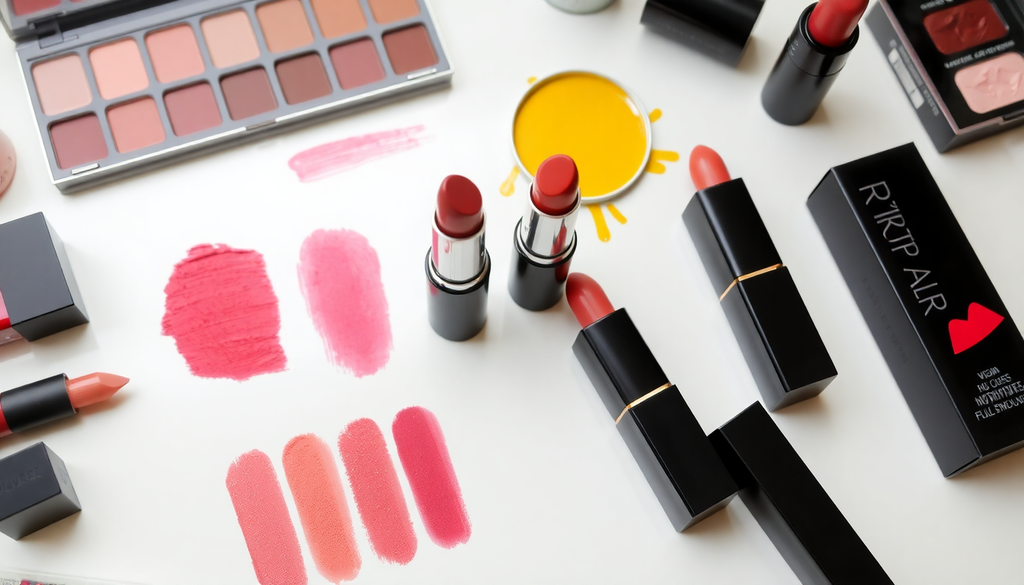
Launch a Private Label Lip Gloss on a 250-Unit Budget: Vegan Non-Sticky Formulas, MOQ Hacks & True Unit Costs
Ultimate Guide to Launching a Private Label Lip Gloss Like a Pro
Launching a private label lip gloss on a tight budget is absolutely doable. This extended guide is written for beginner beauty entrepreneurs who want a market-ready, vegan lip product that’s non-sticky, affordable at a 250-unit MOQ, and built with real manufacturer insights. Expect step-by-step action items, multiple checklists, and realistic cost math so you can go from idea to pre-orders with confidence.
Why Lip Gloss Is the Smart Launch Product (2024–2025 Trend Context)
- Gloss resurgence: Industry trackers and retail performance summaries have signaled renewed consumer interest in glossy finishes across 2023–2024; brands that pivoted back to gloss formats captured share from matte-dominant categories.
- Vegan demand: Searches and purchase intent for vegan cosmetics increased notably in the early 2020s, and retailers report higher conversion for clear vegan claims—making vegan lip product an effective differentiator.
- Sustainability premium: Shopper willingness to pay a small premium for recyclable or bio-based packaging continued to grow in 2024–2025, particularly among Gen Z and millennial buyers.
Bottom line: a well-positioned, non-sticky, vegan gloss with attractive packaging hits multiple demand drivers—making it an ideal private label lip gloss to test market fit at low MOQ.
Step 1: Formula Foundations — What Beginners MUST Know
Your gloss’s texture and wear will determine repeat purchase. Non-sticky glosses use lightweight esters and film-formers rather than heavy mineral or natural oils alone. For a vegan formula, avoid animal-derived ingredients such as beeswax, cera alba, carmine, and lanolin.
Key ingredients to request from your manufacturer
- Light emollients: C12-15 alkyl benzoate, caprylic/capric triglyceride.
- Slip agents: Hydrogenated polyisobutene or ethylhexyl palmitate for shine without tack.
- Film-formers: Vegan-compatible polymers to reduce feathering and increase longevity.
- Pigments: Cosmetic-grade iron oxides and synthetic lakes (veg-friendly); mica for shimmer shades.
- Preservatives: Broad-spectrum, low-irritant systems suited for hydrophobic glosses; ensure they’re permitted in your target markets.
Formulation checklist (actionable):
- Ask for a vegan certificate or ingredient declaration for each raw material.
- Request three base samples (clear, tinted, shimmer) to test tack, spread, and shine.
- Run a small blind wear test: 10 people, 4–6 hours, record transfer and comfort scores.
- Never skip stability testing! Even small runs need temperature and microbial stability reports.
Step 2: Packaging That Sells — Budget to Premium Options
Packaging choice is where perception and unit cost collide. For a 250-unit budget, keep aesthetic impact high and costs controlled.
- Budget (approx. $0.30–$0.80/unit): Standard PET or PP gloss tubes with doe-foot or sponge applicator—cheap, lightweight, and easy to source.
- Smart upgrade (approx. $0.80–$1.50/unit): Frosted PET, matte finish, or a printed wrap label for a premium look without glass weight.
- Premium (>$1.50/unit): Glass tubes, metal accents, and custom caps; reserve until you validate demand.
- Sustainable alternatives: PCR plastics or sugarcane-based tubes. Costs vary, but sustainability claims can justify higher retail pricing.
Packaging checklist (actionable):
- Order physical packaging samples and test them with your formula to check for leakage and label adhesion.
- Clarify whether quoted packaging price includes assembled or unassembled units (assembly fees often appear later).
- Confirm minimums for printed caps or custom colors—these can push MOQ beyond 250 if you’re not careful.
Step 3: Color Strategy — Pick 5 Shades That Sell (Pantone Tips Included)
Start with five shades to balance variety and inventory simplicity. Think of shade selection as building a capsule wardrobe: each piece must layer into many looks.
- Shade 1 — Sheer Clear: everyday utility.
- Shade 2 — Warm Nude: broad appeal for daily wear.
- Shade 3 — Dusty Rose: universally flattering and social-ready.
- Shade 4 — Berry: seasonal bestseller and great for UGC.
- Shade 5 — Peach Shimmer: brightens looks for spring/summer.
Suggested Pantone-inspired references (work with your manufacturer for exact matches):
- Warm Nude: consider warm neutrals similar to classic beige ranges.
- Dusty Rose: lean toward muted pinks that read across skin tones.
- Berry: richer red-violet family for impact shots.
Color checklist (actionable):
- Request wet swatches and jar samples from the factory—photos lie under different lights.
- Order micro-quantities (10–20 units) of two hero shades to validate demand before full production.
- Plan seasonal limited editions to test higher-margin shades once core collection sells.
Step 4: Cost Control Tactics — True Unit Cost and Budgeting
Here’s a practical cost framework for a 250-unit private label lip gloss run. These are manufacturer-informed ranges—get itemized quotes for accuracy.
- Formula & ingredients: $0.45–$1.10/unit depending on pigments and actives.
- Packaging (basic tube + applicator): $0.30–$0.85/unit.
- Filling, labeling & QC: $0.25–$0.70/unit.
- Testing, artwork setup & certifications amortized: $0.35–$1.20/unit for the first batch.
- Shipping & duties (varies by origin): plan $0.30–$1.00/unit for small international shipments.
Estimated landed cost per unit at MOQ 250: approximately $1.65–$4.85. Multiply that by 250 and add photography, marketing, and contingencies to get your full launch budget.
Hidden cost alerts: color correction fees, custom tooling, expedited testing, and label reprints are common traps. Build a 10–20% contingency into your manufacturing budget.
Manufacturer's Corner: How We Make Development Painless
When you work with a factory that understands small-batch private label and offers transparency, you move faster and avoid surprises. Here are five essential supplier questions and red flags to watch for.
- Question 1: Can you provide vegan ingredient declarations and supplier COAs for all raw materials?
- Question 2: What are your exact MOQs for formula, packaging, and finished goods?
- Question 3: Is stability and microbial testing included or quoted separately?
- Question 4: Will you provide wet swatches, sample jars, and a small pilot run before full production?
- Question 5: What are lead times for reorder at this MOQ and at scaled MOQs (500, 1,000)?
Red flags: evasive answers on testing, no physical samples, or surprise setup fees. Transparency on these points is a proxy for reliability.
Marketing & Pricing — How to Turn Cost Into Margin
Price to margin: a common direct-to-consumer strategy is 3–4x landed cost for MSRP, or 2x–2.5x for retailer pricing. With a landed cost of $2.50, a $7.50–$10 retail price gives room for wholesale discounts and promotions.
- Product pages: include texture videos and transfer tests—visual proof reduces returns.
- UGC: send micro-samples to micro-influencers; social proof is crucial for lip products.
- Bundles: pair gloss with a matching lip liner or balm to increase average order value.
Final Launch Day Checklist (actionable)
- Confirm final production batch passes QC and stability checks.
- Verify labeling, barcodes, and ingredient panels match regulatory requirements for your markets.
- Have photography and product descriptions ready with keywords like "private label lip gloss", "custom cosmetics", "MOQ" and "vegan lip product" integrated naturally.
- Prepare pre-launch comms: email list, social content, and influencer seeding.
- Set reorder triggers: when sell-through hits 30–40% of stock consider reorder windows and MOQ flexibility.
Key takeaway: With thoughtful product selection, strict formula controls, conservative packaging choices, and vetted manufacturers, launching a private label lip gloss at a 250-unit MOQ is realistic and scalable. Keep your initial SKUs focused, validate with small pilots, and never compromise on testing.
Ready to formulate? Request our Lip Gloss Starter Kit and a custom quote at [CONTACT PAGE].


